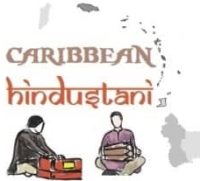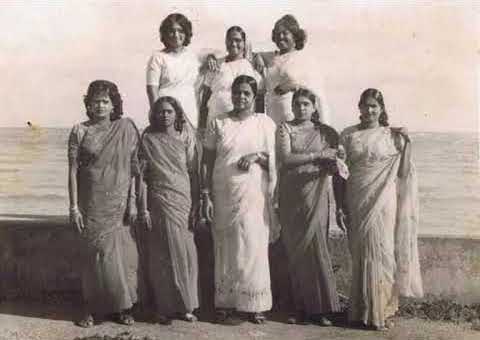Shubh Holi from Caribbean Hindustani!
In a country like T&T, we celebrate our cultural heritage and identity without fully appreciating the reason. The pink and yellow Poi are in full blossom around the same time of year after Ash Wednesday and the Lenten Fast and Hindus celebrate the Festival of Color, Holi or Phagwa. Are these events of color related? Yes, it’s Spring.
Living in a tropical paradise, we do not fully appreciate how we still continue to celebrate festivals based on a temperate change of season and how much it influences our cultural identity.
Today is Holi, when Hindus celebrate good over evil as represented in the transition point of the complete end of winter and the height of spring. The colorful powder gulāl and a color liquid called abīr are used to smear faces and drench our white clothing in the colors of spring. The religious significance to Hindus as told in the Hindu sacred books of the Puranas (Sacred Old Text), the appearance of the Divine Lord Vishnu as Narasingh (The Half Man Half Lion Avatar) who killed the evil Asura King Hiranyakashyap (The One Clad in Gold). This king’s son, Prahalad was a devotee of Lord Vishnu whom his father envied. He had the child sit on a pyre on the lap of the boy’s aunt, Holika, who was supposed to be protected by a magical veil. As the pyre was set ablaze, a wind blew the veil on the child and saved him. His father’s sister was burned to death. To save Prahalad from the king’s envious wrath, Vishnu appears as Narasingh killing the evil child’s father and releasing his unjust subjugation on his people. Thus, in spring we celebrate this triumph of good over evil, the end of the cold winter, and the arrival of the season of flower blossoms and sunlight full of color.
Shubh Holi from Caribbean Hindustani!


